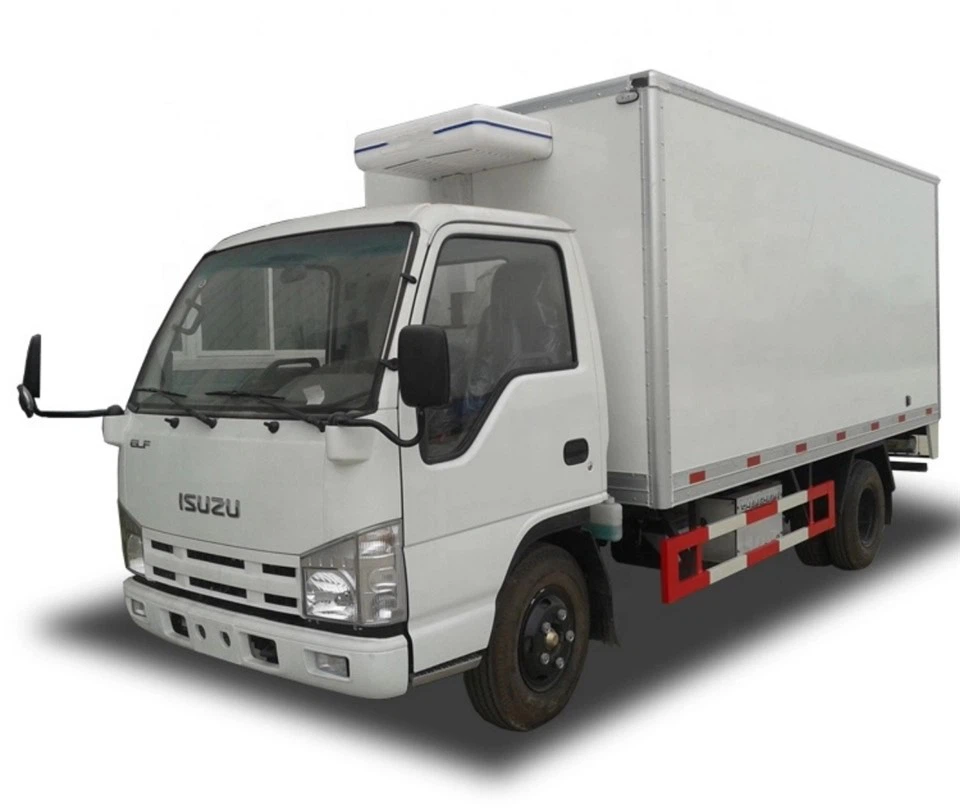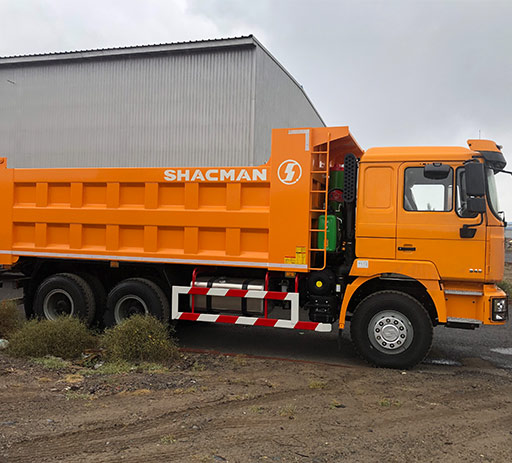Understanding Kei Truck Weight: A Comprehensive Guide

Kei trucks are a unique and increasingly popular choice among vehicle owners looking for compact and efficient transportation solutions. Particularly favored in Japan and slowly gaining traction in other parts of the world, these small trucks offer excellent versatility while adhering to specific regulations regarding size and weight. This article delves into the topic of kei truck weight, providing you with a comprehensive understanding of its importance, relevant regulations, and practical applications in every day life.
What is a Kei Truck?
Kei trucks are lightweight vehicles that are part of the “kei car” category in Japan. Defined by their compact size, low engine capacity, and specific weight limits, kei trucks serve diverse purposes, from agriculture to light hauling in urban environments. They are known for their affordability, efficiency, and maneuverability, making them an excellent choice for small businesses and personal use.
The Importance of Kei Truck Weight
The weight of a kei truck is crucial for several reasons:
1. Compliance with Regulations
In Japan, kei trucks need to meet specific weight requirements, which are intricately designed to ensure safety and sustainability on the roads. The regulations dictate that a kei truck should have a maximum weight of 660 kg (approximately 1450 lbs) to qualify as a kei vehicle. Being compliant with these regulations is essential for legal operation and insurance coverage.
2. Fuel Efficiency
Weight has a significant impact on fuel efficiency. Lighter vehicles consume less fuel, and kei trucks, with their specific weight limit, are known for excellent fuel economy. This aspect becomes particularly beneficial for small businesses that rely on minimizing operational costs.
3. Payload Capacity
The payload capacity of a kei truck is intrinsically tied to its weight. Understanding how much weight a kei truck can carry will help business owners plan logistics efficiently, ensuring that they do not exceed the maximum load limit, which can result in vehicle damage and legal issues.
Weight Specifications of Kei Trucks
Standard Weight Limits
As mentioned earlier, kei trucks must adhere to a maximum weight limit of 660 kg. However, this limit can vary slightly based on the specific model and manufacturer. The following table summarizes common weight specifications:
| Model | Empty Weight (kg) | Max Payload (kg) | Total Weight (kg) |
|---|---|---|---|
| Daihatsu Hijet | 400 | 260 | 660 |
| Suzuki Carry | 440 | 220 | 660 |
| Honda Acty | 480 | 180 | 660 |
| Subaru Sambar | 460 | 200 | 660 |
Factors Influencing Weight
Several factors can influence the weight of a kei truck, including:
1. Model and Design
Different manufacturers may design vehicles using varying materials and structures, leading to differences in weight. For example, some models feature a more robust build than others, resulting in an varied weight profile even if they meet the 660 kg threshold.
2. Additional Accessories
Equipping a kei truck with accessories, such as a bed liner, toolboxes, or even enhanced suspension systems, can add weight. It’s essential for owners to consider these modifications when calculating payload limits.
3. Cargo Type
The type of cargo transported can significantly influence the overall weight. Crates, machinery, or building materials all add diverse degrees of weight, and understanding how much weight each type adds is crucial for staying within legal limits.
How to Determine the Weight of Your Kei Truck
Understanding the weight of your kei truck is vital for compliance and safety. Here are some steps to determine its weight:
1. Refer to Manufacturer Specifications
The first step for any truck owner should be to check the manufacturer’s specifications, typically available in the vehicle’s manual or online. This will provide you with an accurate empty weight, which is crucial in understanding your truck’s total capacity.
2. Use a Weigh Station
Alternatively, you can visit a local weigh station, often used by commercial transportation vehicles. Here, you can weigh your truck to get an accurate reading, including the weight of any cargo you might be carrying.

3. Manual Calculation
If neither of the above options is available, a manual calculation can provide insights. Start with the known empty weight (from the manufacturer), then add the weight of the cargo. It’s key to ensure that the total does not exceed the maximum allowable weight.
Practical Uses of Kei Trucks Based on Weight Considerations
Kei trucks are incredibly versatile. Depending on their weight, they can serve various practical applications:
1. Agriculture
For farmers, kei trucks are ideal for transporting goods across farmland. Given their manageable weight and compact dimensions, they can navigate narrower paths and are capable of carrying light farm produce efficiently.
2. Urban Delivery
In cities, where larger trucks may struggle with tight spaces, kei trucks provide an excellent alternative for deliveries. Their lightweight and smaller size help in operations that require agility and speed.
3. Construction
Construction workers often use kei trucks for hauling tools and materials. The weight limitations allow for the transportation of light construction goods while maintaining vehicle performance.
Common Modifications and Their Impact on Weight
Owners of kei trucks may consider modifications to enhance functionality. Here are common modifications and their potential impact on weight:
1. Bed Liners
A bed liner adds durability to the truck bed but also contributes extra weight. It’s essential to factor this into your payload calculations.
2. Toolboxes

Adding toolboxes for additional storage is beneficial but increases the overall weight of your vehicle. Ensure to consider this when determining how much payload you can carry.
3. Upgraded Suspension Systems
While upgrading suspension can improve load handling, the added parts can elevate the weight, affecting the truck’s overall capacity.
The Future of Kei Trucks and Changes in Weight Regulations

As environmental concerns grow and urbanization increases, the future of kei trucks may be impacted by shifting regulations, particularly regarding weight and emissions:
1. Potential Weight Reductions
Manufacturers are exploring lightweight materials to reduce the weight of vehicles further, leading to improved fuel efficiency and compliance with stricter emissions standards.
2. Broader Applications
As kei trucks gain popularity outside Japan, different markets may introduce unique weight regulations, expanding the practical applications and modifications suitable for these vehicles.
FAQ Section
1. What is the maximum weight of a kei truck?
The maximum weight for a kei truck is 660 kg (approximately 1450 lbs).
2. Do all kei trucks weigh the same?
No, different models of kei trucks have varying empty weights, but they must all adhere to the maximum weight limit of 660 kg.
3. How can I check the weight of my kei truck?
You can check the weight of your kei truck by referring to the manufacturer’s specifications, using a weigh station, or calculating manually.
4. Can I modify my kei truck without affecting its weight?
While you can modify your kei truck, keep in mind that most modifications, such as adding toolboxes or bed liners, will increase the vehicle’s weight. It’s crucial to adjust your payload calculations accordingly.
5. Are kei trucks fuel-efficient?
Yes, kei trucks are generally known for their fuel efficiency due to their lightweight design, which contributes to lower fuel consumption.
6. What types of cargo can a kei truck carry?
Kei trucks are suitable for light cargo such as agricultural products, tools, and small deliveries, but should never exceed their maximum payload capacity for safety and compliance purposes.
